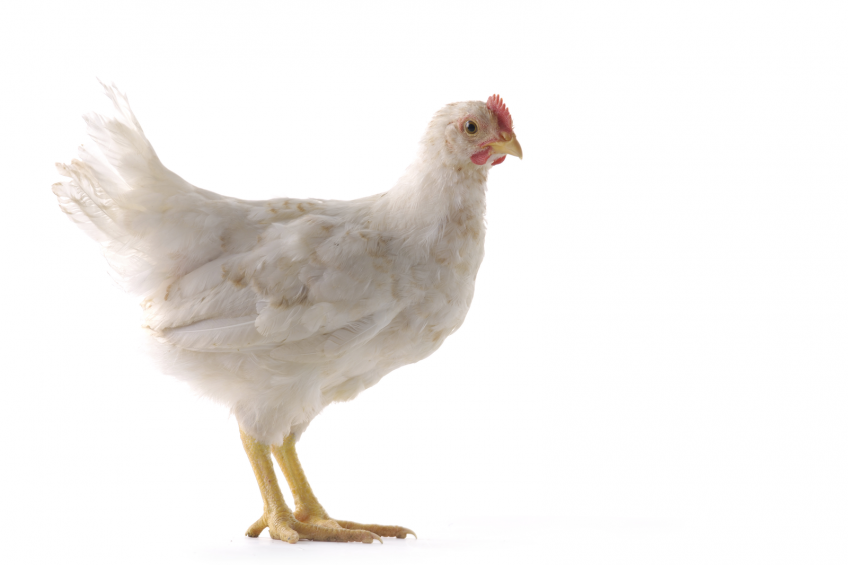Potential for duckweed in broiler feed

Duckweed as a potential source of protein for broilers was the subject of a study by the University of Jordan, Jordan. The conclusion was it can be grown in Jordan and can make a safe poultry feed.
The duckweed plant has a high protein content of 20–40%. In addition, compared with most other plants, duckweed has more percentage of nutrients per dry weight, contains little fibre (approximately 5% dry matter for cultivated plants), and has little to no indigestible material, even for monogastric animals. These nutritional characteristics contrast with the compositions of many crops, such as soy beans, rice, and maize, whose biomass comprises approximately 50% residues that are high in fibre and low in digestibility.
Possible cheaper feed alternative
The crucial problem with livestock production in Jordan is feed cost. The great challenge is providing livestock with an adequate amount of quality feeds at an affordable price. Based on the characteristics and applications of duckweed, the present study therefore focused on Jordan’s irrigation ponds as a source of duckweed for several types of applications, including its use for poultry feed.
Duckweed nutritional value
By comparing the nutritive value results of wild duckweed and uses of duckweed in Jordan’s irrigation ponds with other studies on duckweed’s nutritive value and its uses. results from this study confirmed the great potential for broilers feeding by utilising the readily available wild duckweed in Jordan. This potential is based on duckweed’s balanced sources of protein, phosphorus and calcium and other nutrients such as potassium, sodium, iron, manganese, zinc and copper that are not present in other feed broilers ingredient such as soy beans and broken rice.
Heavy metals fall within safe feed limits
In terms of heavy metals in the duckweed, the results were also positive. The results of the water source analysis show that the analysed parameters fall within the allowed limits of the Jordanian Standard (JS 893/2006) for irrigating forage crops. The heavy metals Zn, Cd, Pb, and Cu are within ideal detection limits, for which the average value of Zn is <0.02, that of pb is><0.01, that of cd is><0.002 and that of cu is><0.01. as long as the nutrients and the heavy metals are within the allowed limits, these findings indicate the suitability of duckweed for feed. thus, the plants can be harvested directly from irrigation ponds for utilisation as feed.>
Potential for unconventional feed resources
Thus, duckweed meal can be a valuable, locally produced dietary supplement without adding any expensive ingredient. Therefore, there is an immense opportunity to use cheaper and local unconventional feed resources for farm animal production purposes. The researchers address that more research on feeding animals, particularly in the poultry production industry, is needed to facilitate the utilisation of this plant in Jordan.












